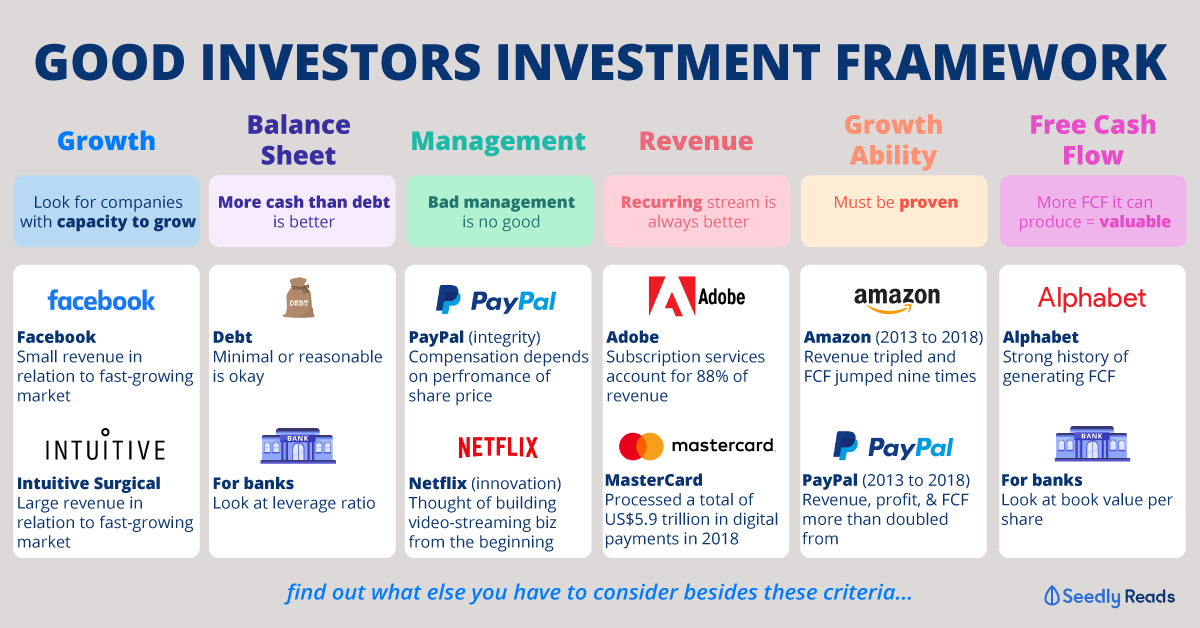Advertisement
Why is GIC’s real returns of 4.3% lower than S&P500 real returns for the same period of around 6.38%?
Won’t they be better off just investing in low expense ratio S&P500 ETF? Can save on all the expenses of operating GIC and earn higher returns also
10
Discussion (10)
Learn how to style your text
Elijah Lee
25 Jul 2021
Senior Financial Services Manager at Phillip Securities (Jurong East)
Reply
Save
Joel Koh
23 Jul 2021
Writer at Seedly
Hey Ned, just adding on to what the commentators have said here.
I'm sure the analysts at GIC are aware of the index fund ETF approach.
But their hands are tied as the amount of risk they can take has to be within the risk limits set by the client (i.e. the Singapore Government).
I don't know what the risk limits they are but I hazard a guess that it is pretty low as they have to follow GIC’s mandate 'to preserve and enhance the international purchasing power of Singapore’s reserves.' This would guide their methodology to create a well-diversified portfolio which you can see from the breakdown that YJ has provided.
So something like an S&P500 ETF is probably out of the question due to the high volatility. In the last 10 years, the SPDR S&P 500 (SPY) ETF has had a 13.49% standard deviation which is a lot higher than than the GIC's portfolio 10-year standard deviation of 7.50%.
Not to mention that the S&P500 ETF is a pure equity portfolio and has a geographical concentration as the companies in the index are all from the U.S.
And as YJ has mentioned there is probably a political factor as well as there might be a backlash when there has been too big a drop in the portfolio. For example, the S&P500 dropped:
36.97% in 2008
22.12% in 2002
and 11.76% in 2008.
Imagine the headlines and the panic it will cause,
Also just wrote about GIC this afternoon so just putting it here: https://blog.seedly.sg/gic-portfolio-performance/
Hope this helps :)

Reply
Save
Multi asset portfolio in general have not performed well against a full equity portfolio in history....
Read 4 other comments with a Seedly account
You will also enjoy exclusive benefits and get access to members only features.
Sign up or login with an email here
Write your thoughts
Related Articles
Related Posts
Related Posts
Advertisement









Hi Ned,
I think you need to understand the concept of risk adjusted returns.
There is no point in trying to eke out 1% more return if you double the risk and volatility of the portfolio.
GIC is investing with a timeline of decades, and the biggest disaster that can happen is if they lost money and spent time rebuilding losses. In fact, most gains are made during the recovery from a crash, provided that you haven't lost a lot to begin with.
Thus, their allocation to bonds is expected as part of their portfolio. In fact, I would be worried if they didn't have any bonds.
Also, investing in S&P 500 is a conviction bet that US equity will be the best place for growth in the long run. That's basically going single country (US), single asset class (equity) as opposed to building a diversified, balanced portfolio.
The same applies to investing in general. Just because you can get a lot of gains going for the highest risk robo advisor portfolio, doesn't mean you should. When the crash comes (and it's a matter of time), you will be severely tested. I've seen too many people get enticed by high projected returns, without due consideration for the risk they take on. When the tide goes out, we will know who has been swimming naked.